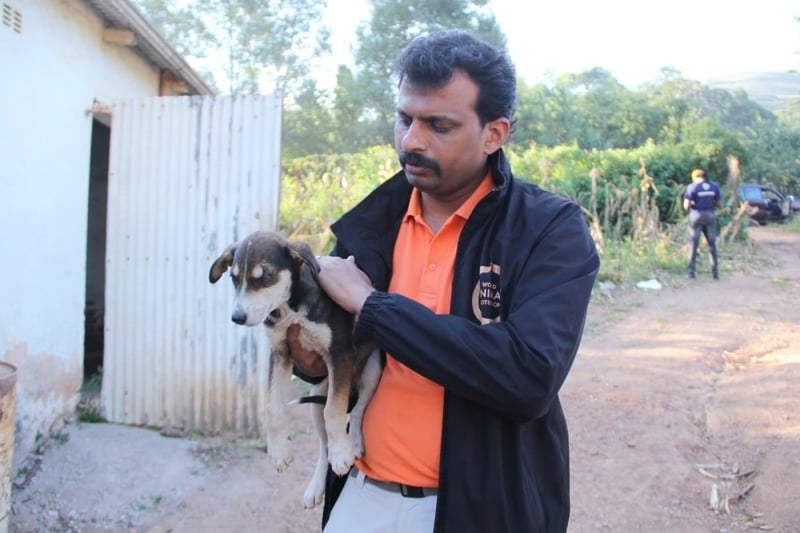
Coronavirus pandemic is an eyeopener for countries to collectively address the health and welfare of both people and animals.
We urge countries to integrate animal protection measures in their disaster strategies aligned with the World Health Organization-WHO, Food and Agriculture Organization of the United Nations-FAO, Sendai Framework, Paris Agreement on Climate Change Adaptation and the World Organization for Animal Health-OIE guidelines.
What are the biological disasters?
Widespread diseases in animals, humans or plants caused by another organism on an epidemic (prevalent in a community) or pandemic level (prevalent globally) due to natural or manmade factors are known as biological disasters. Disease emergence and its spread are complex and often poorly understood. This trend is increasing due to global movements of people and animals. Coronavirus pandemic is an eyeopener for countries to collectively address the health and welfare of both people and animals.
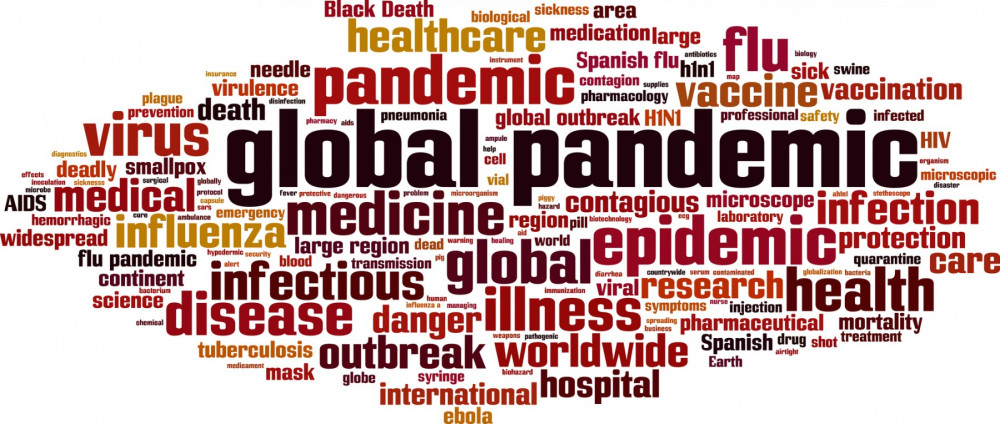
Impact on People:
Statistics[1,2,3] reveal that biological disasters can lead to diseases, illness, disability, loss of life, starvation, increased poverty, socioeconomic disruptions, and environmental degradation.
1347 Black Death (Bacteria) loss of 50 million people
1520 New World Smallpox (Virus) loss of 56 million people
1665 Great Plague of London (Bacteria) loss of 100,000 people
1720 Great Plague of Marseille (Bacteria) loss of 100,000 people
1820 Cholera Outbreak (Bacteria) loss of 100,000 people
1885 Third Plague (Bacteria) loss of 12 million people
1920 Spanish Flu (Virus) loss of 100 million people
2020 Coronavirus (Virus) loss of 55,000 people and counting
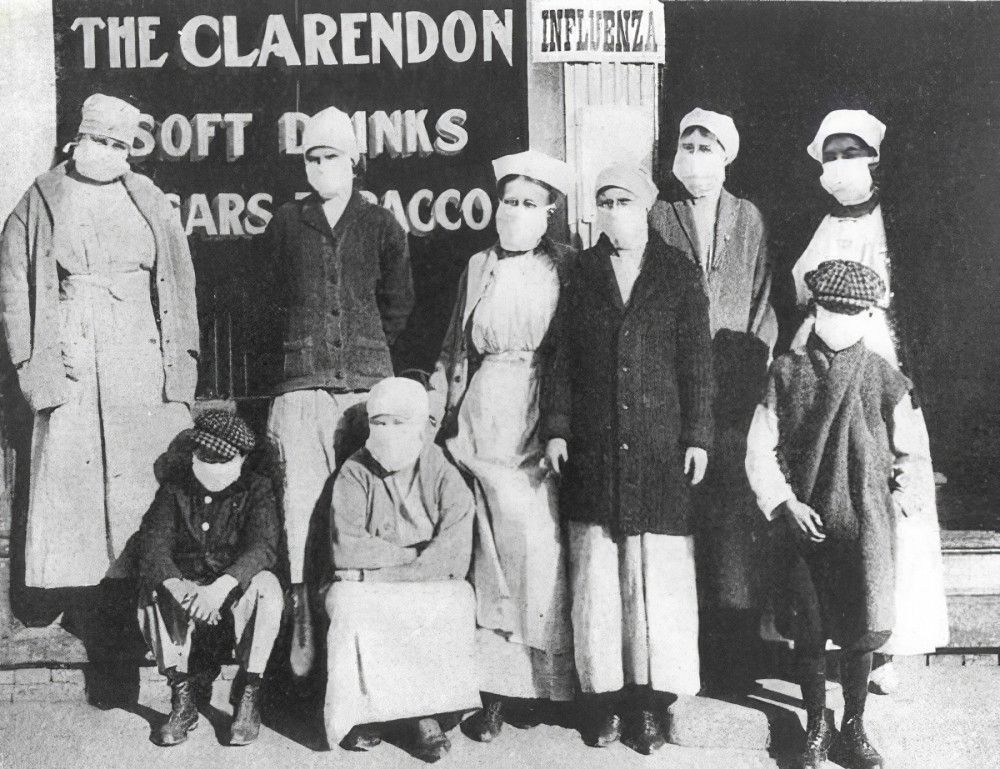
(Picture description: 1918-1919. An epidemic of Spanish Flu spread around the world)
Impact on Animals
Animals adapt to their own living environment and play a key role in maintaining ecological balance. Any interference, destruction or overexploitation of animals or animal products may lead to disasters, loss of animals, affecting our environment.
1370 US Avian Influenza (Virus) loss of 17 million chickens/turkeys
1996 Avian Influenza (Virus) loss of 250 million poultry and wild birds[4]
1997 Liver Fluke (Bacteria) affects 600 million cattle, sheep and goats[5]
2003 Netherlands Avian Influenza (Virus) loss of 34 million chickens
2006 Avian Influenza (Virus) loss of 240 million poultry birds[6]
2012 Foot & Mouth Disease (Virus) affects 529 million livestock and wild even-toed animals[7]
2013 Avian Influenza (Virus) loss of 122 million domestic birds[8]
2019 African Swine Fever in China (Virus) loss of 350 million pigs[9]
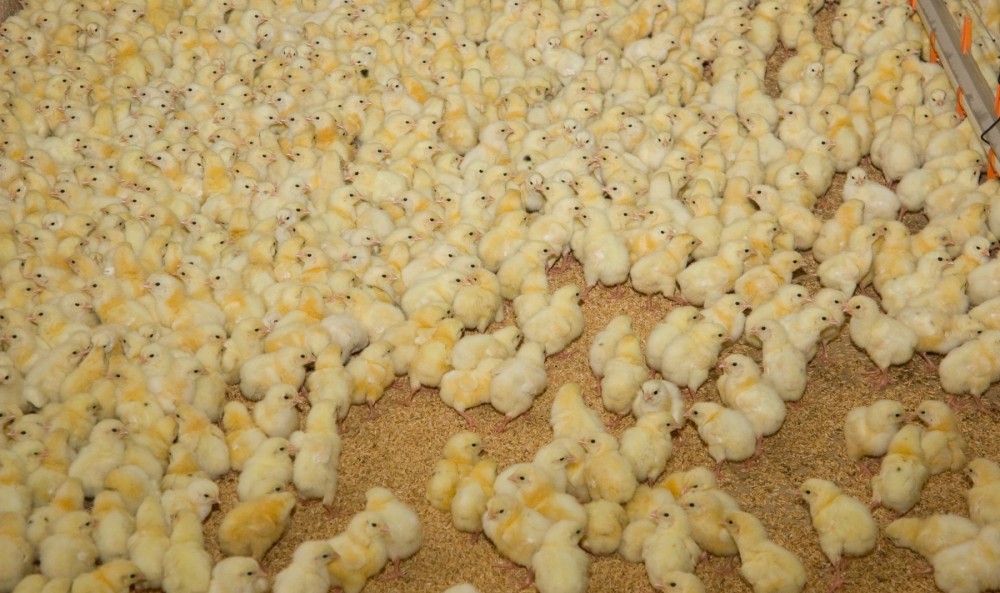
(Picture description: Netherlands Avian Influenza (Virus) loss of 34 million chickens)
Causes of Biological Disasters:
The microorganisms like bacteria, virus, and toxins act as agents in transmitting diseases leading to disasters, below are few major causes.
Vulnerable Animal Farms:
The productivity, health, and welfare of livestock and animals in farms are not addressed by the insurance and financial sectors as they are not seen as sentient beings. These unsustainable farming to spread of diseases affecting both people and animals, loss of wildlife habitat due to encroachments and illegal wildlife trades.
Zoonotic Diseases:
Zoonosis diseases are transmissible from animals to humans and vice versa. At least 75% of emerging infectious diseases of humans (including Ebola, HIV, influenza) have an animal origin.[10] Emerging and re-emerging infectious diseases, including those evolving to evade currently available control options (vaccines and antimicrobials) pose an increasing risk to both animal and human health.
Trans Boundary Animal Diseases:
The majority of Trans Boundary Animal Diseases are viral in origin, which can spread diseases and cause subsequent problems between countries on trade, production, and economy. Poorly monitored migration of animals, birds and marine life across countries/continents could also be potential threats to spread of diseases.
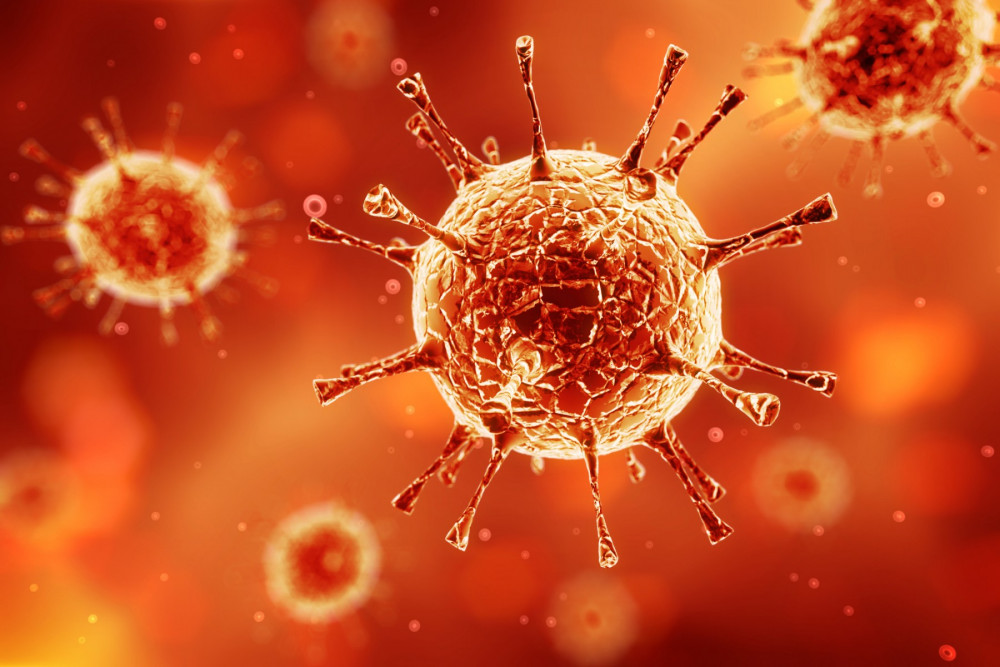
Management of Biological Disasters
Adopting strategies with adequate legal, institutional and operational frameworks would help in managing biological disasters.
Sustainability:
Insurance and financial systems could include policies on adopting sustainable disaster risk reduction measures for protecting farm animals. At the same time, countries could take action to stop the cruel factory farming practices and wildlife trades.
Disease Control:
Measures to control diseases could be promoted combined with research to explore disease prevention, control and eradication measures for the health and welfare of both people and animals.
Biosecurity:
Countries could improve existing animal and public health systems with necessary biosecurity protocols at all levels. This is an area that is often overlooked and given little attention.
Coordination:
Coordination between animal and public health systems will help in comprehensively managing health risks through active disease surveillance, reporting and managing disease outbreaks.
Education:
The animal owners, veterinarians and the public could be educated on protecting animals. World Animal Protection offers PrepVet online course to help people in protecting their animals[11].
Guidelines developed by the Indian Government
In 2008 the Indian Government developed a guideline to manage biological disasters[12] which highlights the gaps in addressing animal disaster management. This could be the perfect time for governments to act for the welfare of both people and animals. Finally, we urge countries to integrate animal protection measures in their disaster strategies aligned with the World Health Organization-WHO, Food and Agriculture Organization of the United Nations-FAO, Sendai Framework, Paris Agreement on Climate Change Adaptation and the World Organization for Animal Health-OIE guidelines.
Let’s collectively work towards a safer world!
Resources:
[1] https://www.visualcapitalist.com/history-of-pandemics-deadliest/
[2] https://www.thenews.com.pk/print/629878-in-1720-plague-1820-cholera-outbreak-1920-spanish-flu-2020-chinese-coronavirus-what-is-happening
[3] https://www.livescience.com/worst-epidemics-and-pandemics-in-history.html
[4] http://nationalaglawcenter.org/wp-content/uploads/assets/crs/RL33795.pdf
[5] https://iai.asm.org/content/iai/86/1/e00607-17.full.pdf
[6] http://www.fao.org/docs/eims/upload/210745/glob_strat_HPAI_apr07_en.pdf
[7] https://bit.ly/2XhiBgm
[8]https://bit.ly/2XlckAj
[9] https://www.npr.org/sections/thesalt/2019/08/15/751090633/swine-fever-is-killing-vast-numbers-of-pigs-in-china
[10] https://www.oie.int/fileadmin/Home/eng/Our_scientific_expertise/docs/pdf/A_Biological_Threat_Reduction_Strategy_jan2012.pdf
[11] https://animalsindisasters.org/prepvet
[12] https://nidm.gov.in/pdf/guidelines/new/biological_disasters.pdf